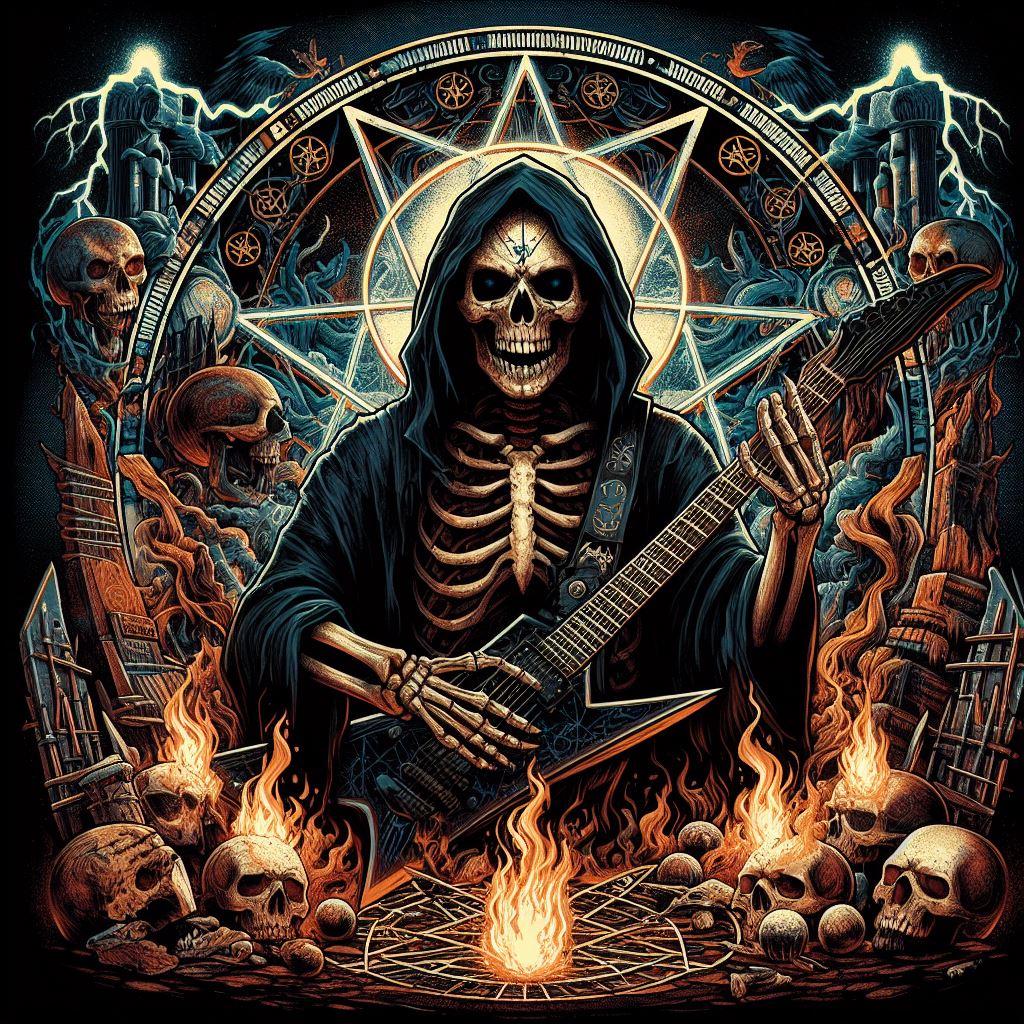Title: Unveiling the Dark Legacy of Sorrow: A Journey Through the History of the Iconic Metal Band
In the realm of extreme metal, few bands have managed to capture the essence of melancholy and despair quite like Sorrow. Formed in the early 1990s in the heart of Scandinavia, Sorrow quickly rose to prominence with their haunting melodies, guttural vocals, and raw, emotive lyrics. Over the years, the band has evolved and experimented with various subgenres of metal, but their core essence of darkness and sorrow has remained constant.
The origins of Sorrow can be traced back to a group of friends who shared a deep passion for metal music and a desire to channel their innermost emotions into their art. The band’s founding members, guitarist Eriksson, drummer Andersson, and vocalist Johansson, bonded over their mutual love for bands like My Dying Bride, Anathema, and Katatonia, drawing inspiration from the bleak and desolate soundscapes of the early 90s doom metal scene.
Sorrow’s debut album, “Echoes of Solitude,” released in 1994, was a masterful display of their ability to weave together crushing riffs, mournful melodies, and anguished vocals. The album received critical acclaim within the metal community, establishing Sorrow as a force to be reckoned with in the underground scene. Tracks like “Whispers of Despair” and “Eternal Grief” showcased the band’s talent for creating atmospheres of profound sorrow and introspection.
As Sorrow continued to hone their craft and expand their sonic palette, they delved into the realms of gothic metal, incorporating elements of symphonic orchestration and clean vocals into their sound. The release of their sophomore album, “Shadows of Despair,” in 1997 marked a significant departure from their earlier work, with tracks like “Veil of Tears” and “Lamentations” showcasing a more polished and atmospheric approach to songwriting.
Throughout the late 90s and early 2000s, Sorrow continued to push the boundaries of their music, experimenting with progressive and blackened elements while staying true to their roots of melancholic metal. The band’s live performances became legendary for their intensity and emotional depth, with Johansson’s haunting vocals and Eriksson’s intricate guitar work captivating audiences around the world.
In 2005, Sorrow released their magnum opus, “The Darkest Hour,” a concept album that delved deep into themes of loss, despair, and redemption. Tracks like “Into the Void” and “Beyond the Veil” showcased the band’s maturity and evolution, with intricate song structures and powerful emotional catharsis. The album was hailed as a modern masterpiece of metal, solidifying Sorrow’s status as one of the most influential bands in the genre.
Despite facing personal struggles and lineup changes over the years, Sorrow has remained a beacon of darkness and authenticity in the metal scene. Their music continues to resonate with fans old and new, drawing listeners into a world of shadow and sorrow that is uniquely their own.
As we reflect on the history of Sorrow, we are reminded of the band’s enduring legacy and the profound impact they have had on the metal landscape. Through their music, Sorrow has given voice to the deepest recesses of the human soul, offering solace and catharsis to those who seek refuge in the darkness.
